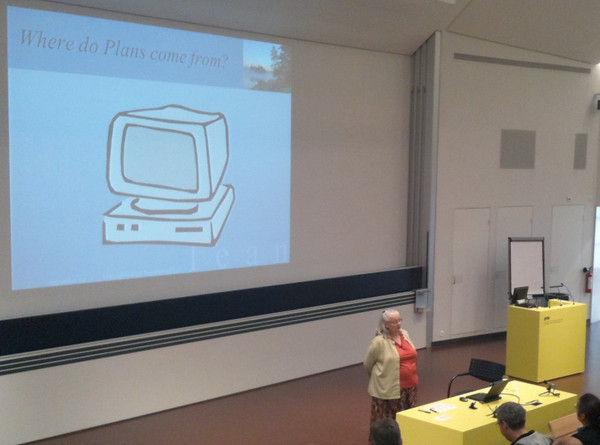Strongly Recommended Agile Learning Resources
One of the things that I think holds Scrum teams back from being successful is that they often learn about the Scrum process but don’t learn about Agile culture or infrastructure. Because Scrum is a system that relies on all of it’s parts, failure to master Agile culture and infrastructure means that companies will also fail to master Scrum. This failure is unbelievably costly for companies and teams: “average” teams deliver only a 35% improvement over Waterfall, while properly coached teams deliver 300-400% improvements. I’ve seen this myself in my time working with Scrum teams at Atomic Online: once a team got properly coached and running, we were at least 3-4x as fast as when we started. This is rare, too: I have not yet worked with a team that has outperformed the teams I worked with at Atomic Online.
I think we owe it to ourselves as members of Scrum team to learn about and embrace Agile principles. This is hard to do without a “sensei” (a well-experienced Agile leader) who can can conduct gemba walks with incumbent leadership to bring about organizational transformation. In lieu of that, though, here are some resources that I hope can help to at least illustrate the difference between a true Agile/Scrum/Kanban environment and a waterfall environment that has adopted a few Scrum processes.

